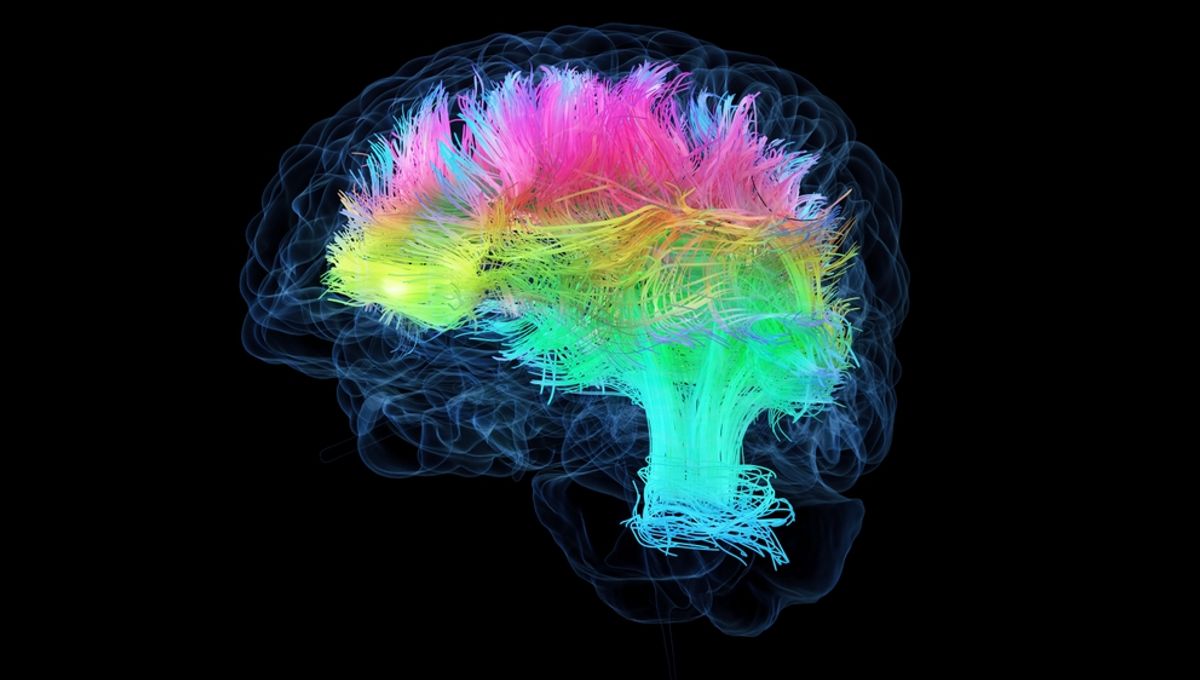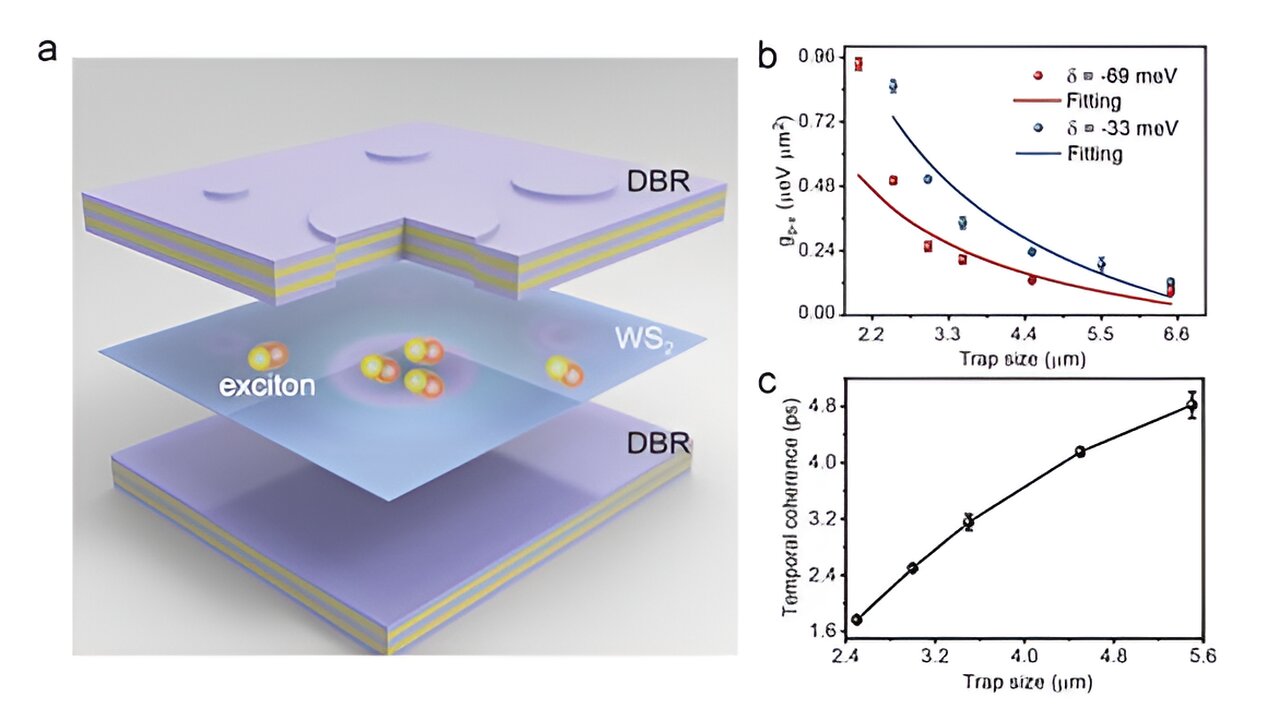Unveiling the Secrets of the Cell Atlas
Prepare to be amazed by the intricate world of cell atlases. But first, let’s understand what they are.
A cell atlas serves as a comprehensive map, revealing the diverse array of cells within a tissue, organ, or even an entire organism. Similar to the groundbreaking Human Genome Project, these atlases provide us with a deeper understanding of how organisms function, what can go wrong, and how we can effectively treat them.
Since the unveiling of the first human reference genome in 2003, technology has advanced by leaps and bounds. This year alone, we witnessed the release of the first-ever pangenome, encompassing the genetic diversity of our species, as well as the long-awaited full sequence of the human Y chromosome.
While these recent releases are remarkable, they are not the first cell atlases. The ongoing international effort to map the diversity of human cell types has given rise to the Human Cell Atlas. Chinese scientists have also made significant strides by detailing the cellular composition of major human organs.
Cell atlases have not only revolutionized our understanding of human biology but have also provided groundbreaking insights into other organisms. From unraveling the mysteries of human brain evolution to discovering surprising similarities between squid and dogs, these atlases have opened up new frontiers of knowledge.
Unraveling the Aims of the Project
The recently published suite of papers is the result of research supported by the National Institutes of Health (NIH) through the BRAIN Initiative®. The NIH awarded funding to the BRAIN Initiative Cell Census Network (BICCN), a consortium dedicated to expanding our knowledge of the brain’s many cell types and their 3D organization. To achieve this, the BICCN harnessed advanced techniques previously limited to animal models.
Despite the sophisticated brain imaging techniques and cutting-edge neurosurgical and neurological treatments available today, the central nervous system continues to surprise us. Just last month, a study unveiled a previously unknown type of brain cell.
Dr. Joshua A. Gordon, director of the National Institute of Mental Health, emphasized the significance of mapping the brain’s cellular landscape, stating, “These new detailed cell atlases of the human brain and the nonhuman primate brain offer a foundation for designing new therapies that can target the specific








